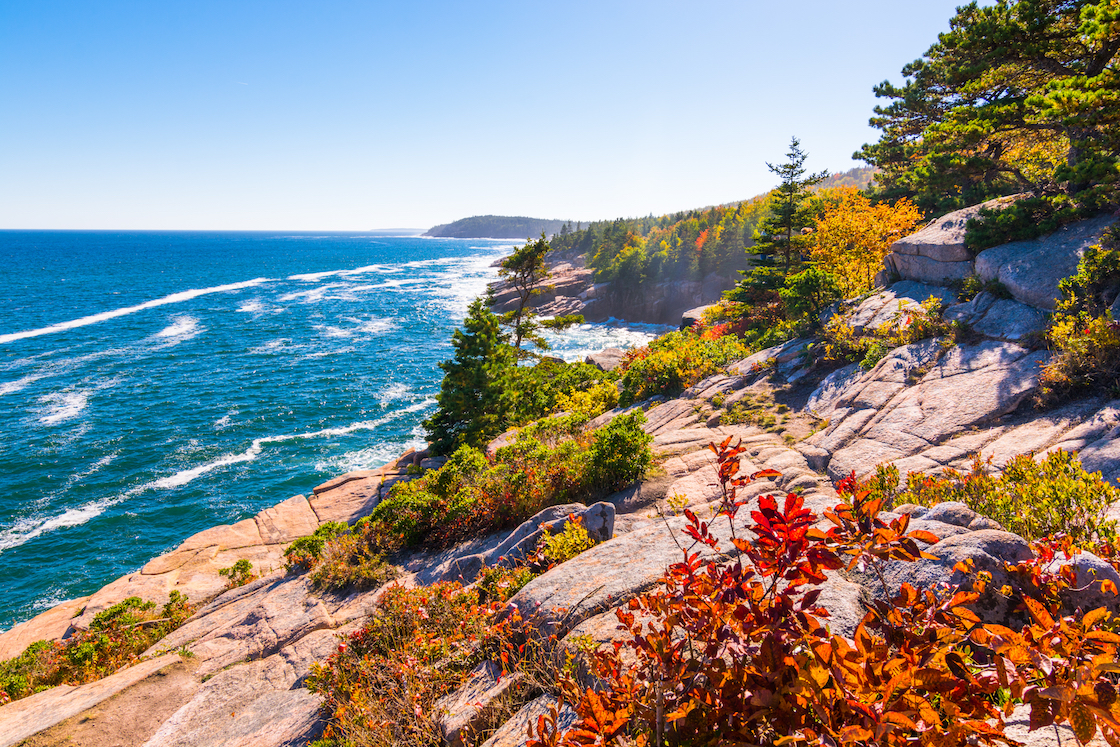
Children who live near protected areas live in healthier homes
According to a new study released by the American Association for the Advancement of Science, children who live close to protected areas designated by the International Union for Conservation of Nature (IUCN) often live in healthier and wealthier households.
The study, completed by Robin Naidoo, from the World Wildlife Fund’s Conservation Science Program, and colleagues, suggests that conservation zones could not only help wildlife but also global poverty and poor health.
Naidoo and his colleagues analyzed the environmental and socioeconomic conditions of over 87,000 children in 34 developing countries.
They found that children who live within 10 kilometers of a protected zone with connected tourism attractions had 17% higher wealth levels and a 16% lower likelihood of poverty compared to children living in similar households but farther away from protected areas.
Furthermore, children aged 5 and under who lived near multiple-use protected areas — areas in which natural resources can be sustainably harvested — with associated tourism were often 10% taller than children living farther away from conservation zones, and were also 13% less likely to experience stunted growth.
The study could not find any negative aspects of children living near protected zones. Therefore, protecting more wildlife areas could benefit both humans, flora, and fauna.
—
By Olivia Harvey, Earth.com Staff Writer













